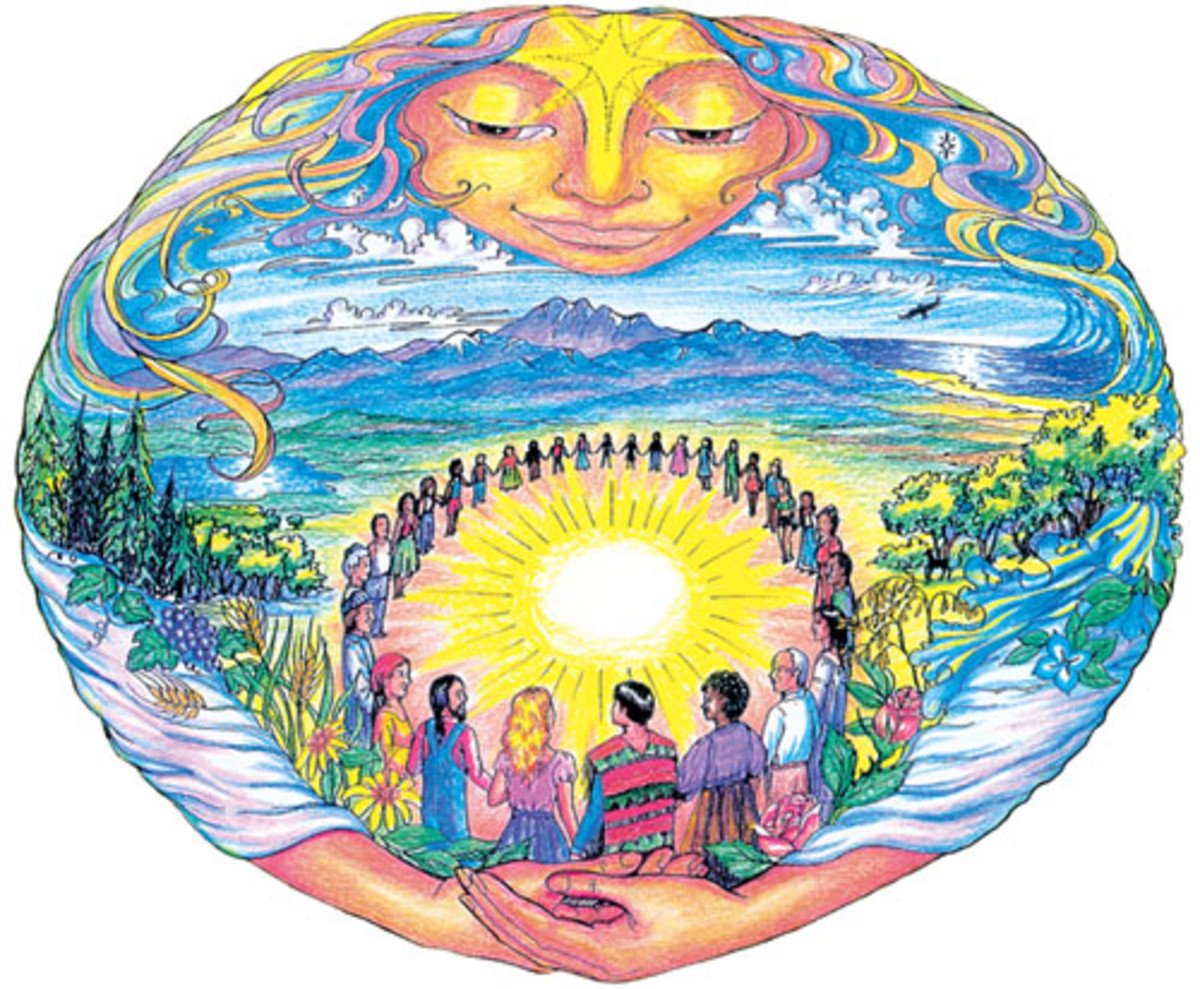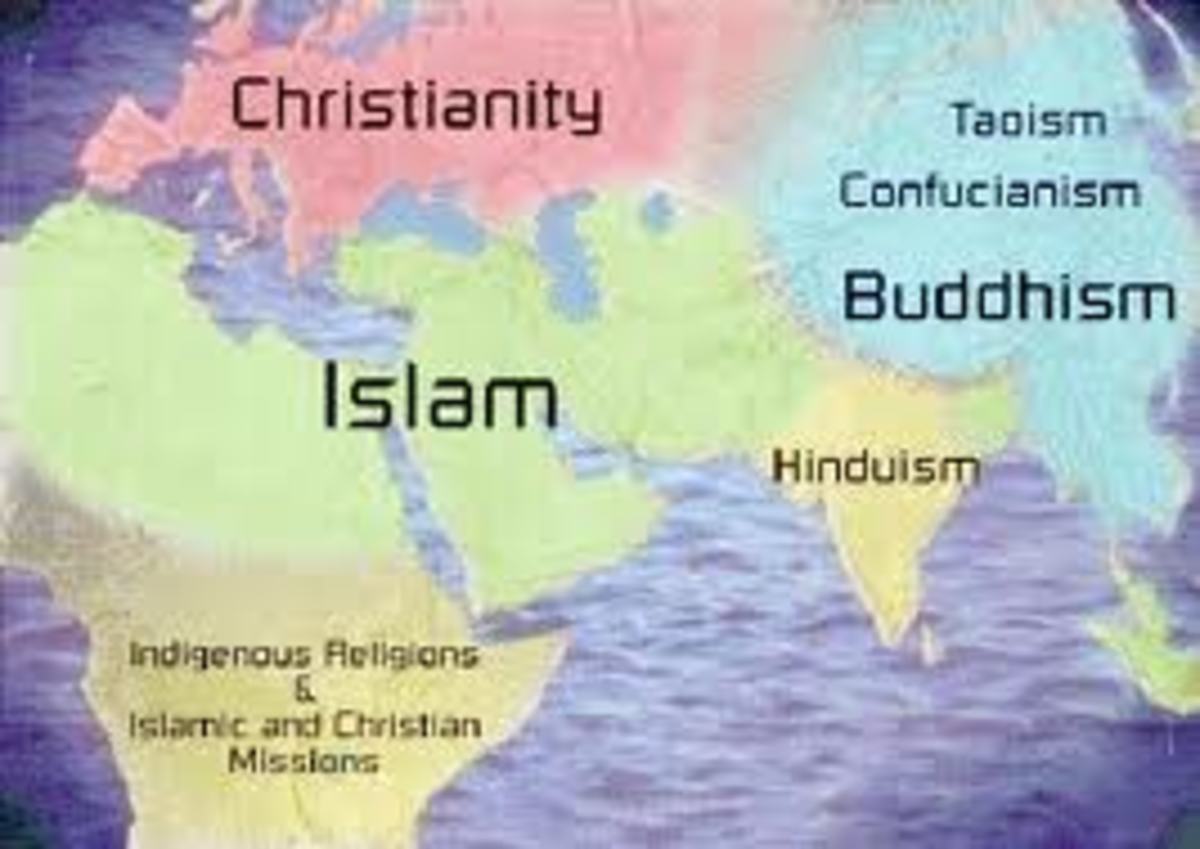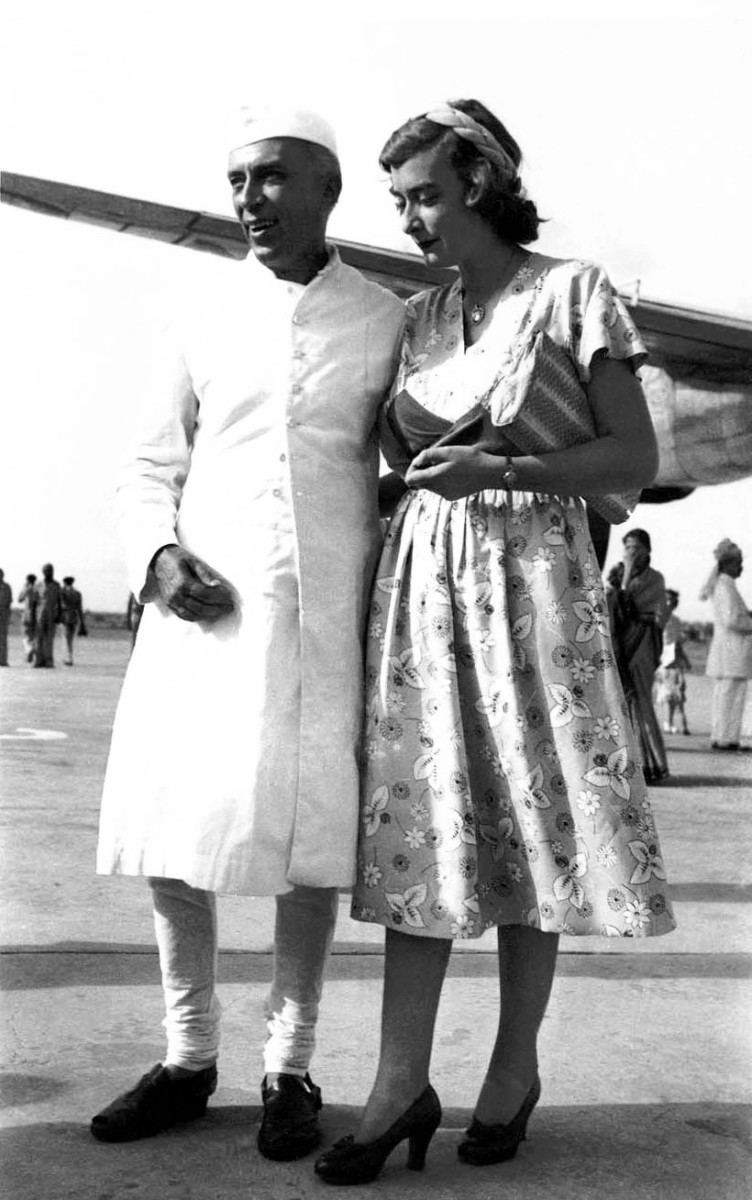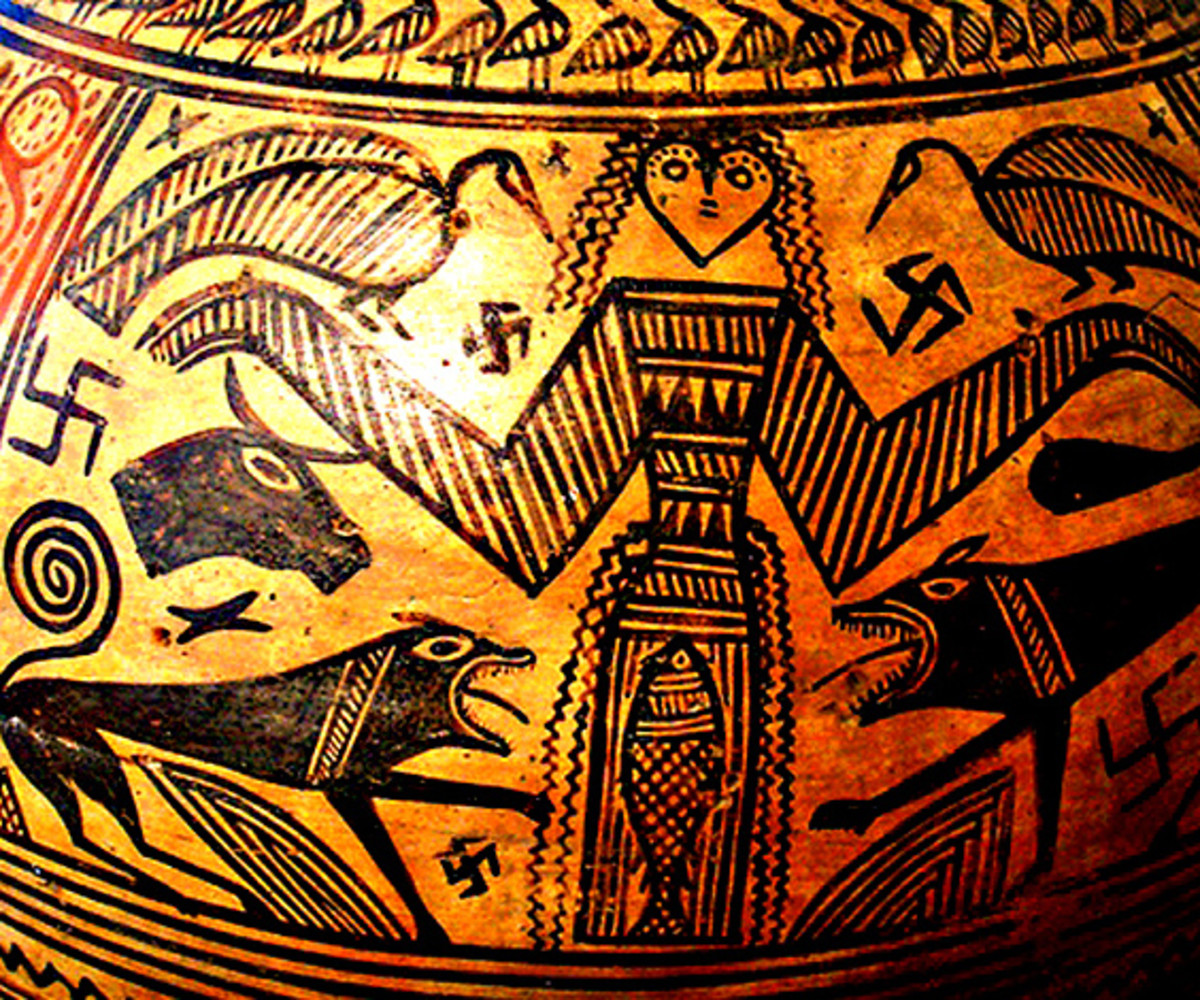Religion: How a New one Evolve

Religions: a raison d’être
No other example, of mankind’s quest for the irrational, shall be more descriptive than our journey in theology.
The earliest civilizations chose as gods, everyday objects or beings or other entities occurring naturally. These objects of veneration would not have been successful enough in holding our attention for a considerable period of time, in the defense against destabilizing thoughts, the primary function of any such entity. (That ‘the destabilizing thoughts’ is an integral part of life, and all that we see as unique to humans is closely related to this, is discussed in one of my books, The Unsure Male) This could have been the reason for successive cultures to choose as revered objects and gods, anything that is grand, esoteric and of magnificent proportions. Two things must have happened at this stage. Firstly, with the elapse of time, people would have acquired the necessary skills and the ability to make all these images and other representations at a faster rate, resulting in a larger amount of ‘free time’. Secondly, the objects itself, by constant use, would have become part of the daily use implements, the resulting proliferation giving away the novelty value. The essential function of making sure that no time is left for the ‘destabilizing’ thoughts being compromised, thus, and the improvisations having lost their bite to spark fresh, unique thoughts, people would have been on the lookout for something more potent. Thus begins the era of spiritual exploration giving rise to many new religions. Each new religion is nothing but an amalgam of tenets founded on a varied mix of the harsh ones amongst the existing social norms and a few, even harsher ones, newly thought of. Needless to say, the more abstract the tenets, the more long-lasting the effects; the more constricting the rites, the more substantial the crowds.
Test your ?Q
All religions are equally absurd


What Ultimately, it Does
Thus, religion is but an excuse to bypass the rational while immersing oneself in constrictions and impediments, a medium in which such restrictions can manifest, at will and with ease, and with no fear of resolution.
In fact every new religion holds sway over the society for certain period of time till the followers start yearning for something more stringent. This can happen, as, due to frequent use, the existing religious controls might become largely ineffective in keeping the ‘destabilizing’ thoughts at bay, the effectiveness of those ‘stringent’ controls constantly getting blunted by familiarity. This will render it powerless to defend against the ‘destabilizing’ thoughts, creating a void to be filled by, either a different sect of the present religion following more severe controls, or a new religion itself. As all religions are based on controlling the three most potent social ‘retarders’ that human beings have identified as effective in regulating the severity and order of social transactions, new sect or religion takes shape with differing degree of harshness, in the control and regulation of those very retardants.
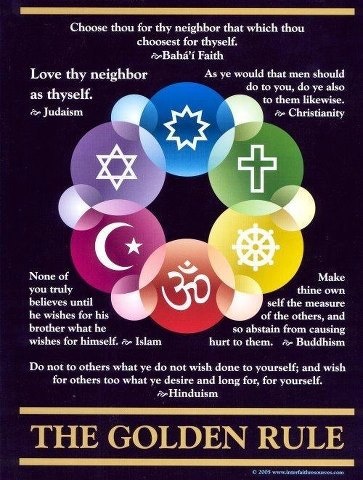

How it is Constituted
The first such force is easily identifiable as fear. The most potent of which, the fear of the unknown, thus occupy the position of ‘retarder’ number one. Modulating this dread is the primary service that all religions render to us, right from the time of birth. All religions, thus exploit this fear to direct humans to organize their lives in a manner suitable for keeping one’s interest away from those ‘thoughts’. The more effective was religion in shooing away fear, the more free time people must have had, to be troubled again by such ‘thoughts’. That would have necessitated suitable entities of varied other forms to garner people’s interest.
Thus was born the second such force. The plethora of observances and other repetitive activities that are always associated with a religion constitute this. Each one of these having the potency of occupying a certain amount of free time, a large collection of such observances might have been necessitated, for incessant support. Over time, these have come to occupy an important position in one’s social life as rituals, ceremonies and other formalities as part, of what we call the rich, cultural heritage.
The third and the most significant force is the part played by religion in providing one with hope, giving everyone a reason to do things as they are accustomed to, by tradition.
As mentioned, a new religion always evolves to fill the vacuum created by the existing one becoming ineffective. Naturally, new dispensations need to be based on images different from the earlier one. This could be observed in our religions of the past, each brimming with a multitude of divinities, images and ceremonies. Also, the severity and reach of the new one and its elements are always dependent on how the above steps were embodied in the defunct religion. (But the latest religions are all based more on abstract ideas, the severity of which can be varied at will. Also, these abstract notions provide opportunities for frequent conceptual changes, limited only by human imagination. That could be the reason; no new religion has evolved in the last few millennia.)

